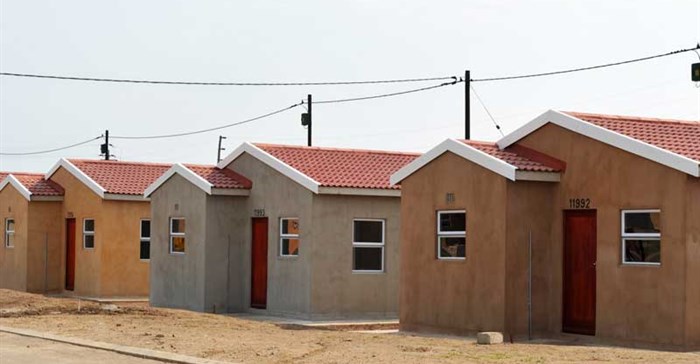






But only a slight decrease was recorded in the number of households living in informal dwellings in the same period.
The Statistician-General said this when he released the General Household Survey Volume II: Housing from a human settlements perspective at the Imbizo Centre in Parliament, Cape Town.
“The rate of provisioning of RDP/state-subsidised dwellings surpassed the provisioning of formal dwellings in the private sector between 2009 and 2014, and the percentage of beneficiaries of RDP/state-subsidised housing increased from 5.6% in 2002 to 13.6% in 2014.
“In terms of housing, the report is suggesting that there has been successes but they have not dented the percentage of proportions of informal settlements,” Lehohla said.
According to the survey, the increase in the number of households living in formal dwellings increased from 76% in 2002 to 80% in 2014 which “signifies that the formalisation of housing arrangements in the country surpassed household growth”.
The percentage distribution of households living in informal dwellings decreased slightly from 13.6% in 2002 to 13.1% in 2014.
In 2014, North West (21%) and Gauteng (19%) had the highest proportion of households that are still living in informal settlements, while the former (45.1%) also had the bigger percentage increase of its urban population living in informal settlements.
The Limpopo province consistently had the lowest percentage of households living in informal dwellings, the Statistician-General said.
According to the survey, even though the percentage of households that live in informal settlements has stagnated, there has been an increase in the percentage of households living in backyard informal dwellings.
“Migration has intensified to some provinces and informal settlements have intensified in the North West.
“The information that we have … look at areas like Gauteng and all our urban areas, urban management is becoming very difficult. We see rolling, sporadic buildings instead of densification, making it possible to reinforce apartheid spatial,” he said.
SAnews.gov.za is a South African government news service, published by the Government Communication and Information System (GCIS). SAnews.gov.za (formerly BuaNews) was established to provide quick and easy access to articles and feature stories aimed at keeping the public informed about the implementation of government mandates.
Go to: http://www.sanews.gov.za